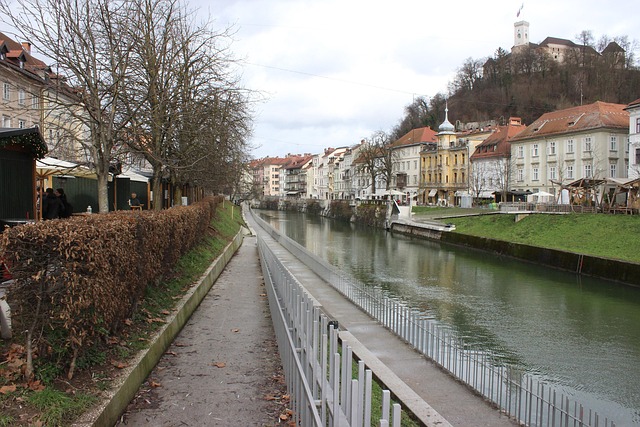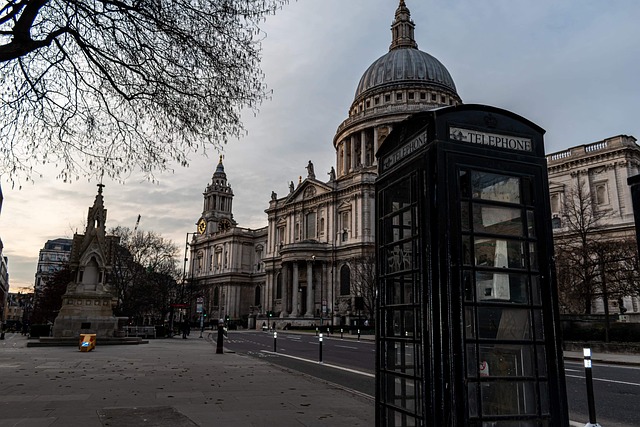Karachi's water supply journey began in the early 20th century with centralized systems, evolving from isolated community sources. This evolution shaped the city's landscape and ensured a steady flow of potable water for residents. Clifton, a vibrant neighborhood, has faced water challenges due to aging infrastructure, but recent upgrades promise improved reliability. Advanced technology, strategic storage, and citizen engagement ensure efficient water management in Karachi. Future plans include smart systems and renewable energy-powered plants, addressing urban water scarcity as the population grows.
“Karachi, Pakistan’s vibrant metropolis, has witnessed a remarkable journey in its water supply systems over the decades. This article delves into the historical development of water infrastructure in Clifton, one of Karachi’s most prominent areas. From past challenges to present-day improvements, we explore key aspects like pipelines, treatment plants, and community engagement. Furthermore, it highlights future prospects, including innovative solutions, shaping a sustainable water management strategy for this bustling city.”
- History of Water Supply in Karachi: A Journey Through Time
- The Current State: Challenges and Improvements in Clifton
- Key Infrastructure: Pipelines, Treatment Plants, and Storage
- Community Engagement: Citizen's Role in Sustainable Water Management
- Future Prospects: Innovations and Plans for Enhanced Water Supply
History of Water Supply in Karachi: A Journey Through Time

Karachi’s water supply journey began with a need as old as the city itself—a reliable and clean water source for its growing population. Historically, the city relied on natural springs and wells for its freshwater needs until the early 20th century when the British colonial rulers introduced the concept of a centralized water supply system. This marked a significant shift, transforming Karachi’s water management from isolated community sources to a more unified approach.
The initial steps involved constructing water channels and pipelines, bringing water from nearby rivers and streams. Over time, as Karachi expanded, so did its water infrastructure. The city’s history is intertwined with the development of treatment plants and distribution networks, ensuring a steady flow of potable water. This evolution has been crucial in shaping Karachi’s landscape, fostering growth, and enabling the metropolis to thrive, all while meeting the ever-changing demands of its folks.
The Current State: Challenges and Improvements in Clifton

Clifton, a vibrant neighborhood in Karachi, has been facing challenges with its water supply system for years. The current state of water distribution is a complex issue, characterized by irregular water flow, frequent interruptions, and occasional water quality concerns. These problems are attributed to an aging infrastructure and rapid urban growth, leading to increased demand. Despite these hurdles, the city has seen notable improvements in recent efforts to enhance water supply services.
Local authorities have initiated projects to upgrade and expand the water network, aiming to ensure a more stable and reliable supply. These initiatives include installing modern pumping stations, repairing pipes, and implementing smart metering systems. Such developments promise to bring much-needed relief to residents by addressing historical issues of water scarcity and poor quality, making Clifton a safer and more livable place for its citizens.
Key Infrastructure: Pipelines, Treatment Plants, and Storage

Clifton, a vibrant part of Karachi, relies on a robust water supply system for its residents’ daily needs. The key infrastructure supporting this vital service includes an extensive network of pipelines, modern treatment plants, and strategic storage facilities. These components work in harmony to ensure a steady and clean water flow throughout the area.
Pipelines, made from durable materials, crisscross Clifton, delivering treated water from the plants to households, commercial establishments, and public spaces. Treatment plants, equipped with advanced technology, play a crucial role in purifying raw water sources, removing impurities, and ensuring it meets health and safety standards. Storage facilities, strategically located, act as backups during peak demand or emergencies, guaranteeing a continuous supply even during times of heightened usage or unforeseen disruptions.
Community Engagement: Citizen's Role in Sustainable Water Management

In Karachi, sustainable water management is not just a responsibility for authorities but a shared task involving every citizen. Community engagement plays a pivotal role in ensuring the long-term health and accessibility of the city’s water supply. By actively participating in initiatives aimed at water conservation and efficient usage, residents can significantly contribute to preserving this vital resource. Simple everyday actions such as fixing leaks, using water-efficient appliances, and practicing responsible watering habits in gardens and public spaces can collectively lead to substantial water savings.
Moreover, citizen engagement fosters a sense of ownership and responsibility for the city’s water infrastructure. Community-driven programs can educate residents about the local water cycle, pollution sources, and sustainable practices. This knowledge empowers individuals to take informed decisions that protect water quality and promote efficient distribution. Together, these efforts not only secure Karachi’s water supply but also create a more resilient and environmentally conscious society.
Future Prospects: Innovations and Plans for Enhanced Water Supply

The future of water supply in Clifton, Karachi, looks promising with several innovative plans and technological advancements on the horizon. The city’s water authorities are focusing on sustainable solutions to meet the growing demand. One key strategy involves implementing smart water management systems that use data analytics to optimize distribution networks, reducing leakage and improving efficiency. These systems can identify areas of high water loss and enable targeted repairs, ensuring a more stable supply.
Additionally, there is a push for renewable energy-powered water treatment plants, aiming to make the process greener and more environmentally friendly. With Karachi’s population continuing to expand, these innovations will be crucial in securing a reliable water supply for the future. Such developments promise to enhance the city’s infrastructure, ensuring clean water reaches every resident and addresses the challenges of water scarcity that many urban areas face today.
The water supply system in Clifton, Karachi, has evolved significantly over time, addressing historical challenges while looking towards innovative future prospects. By enhancing infrastructure, engaging the community, and adopting sustainable practices, the city is taking crucial steps to ensure a reliable and clean water supply for its residents. These efforts not only improve the quality of life but also position Karachi as a leader in water management solutions, setting an example for urban centers worldwide. Through continued collaboration and adaptation, Clifton’s water supply can remain robust, contributing to the overall development and prosperity of the vibrant city of Karachi.





Leave a Reply
You must be logged in to post a comment.